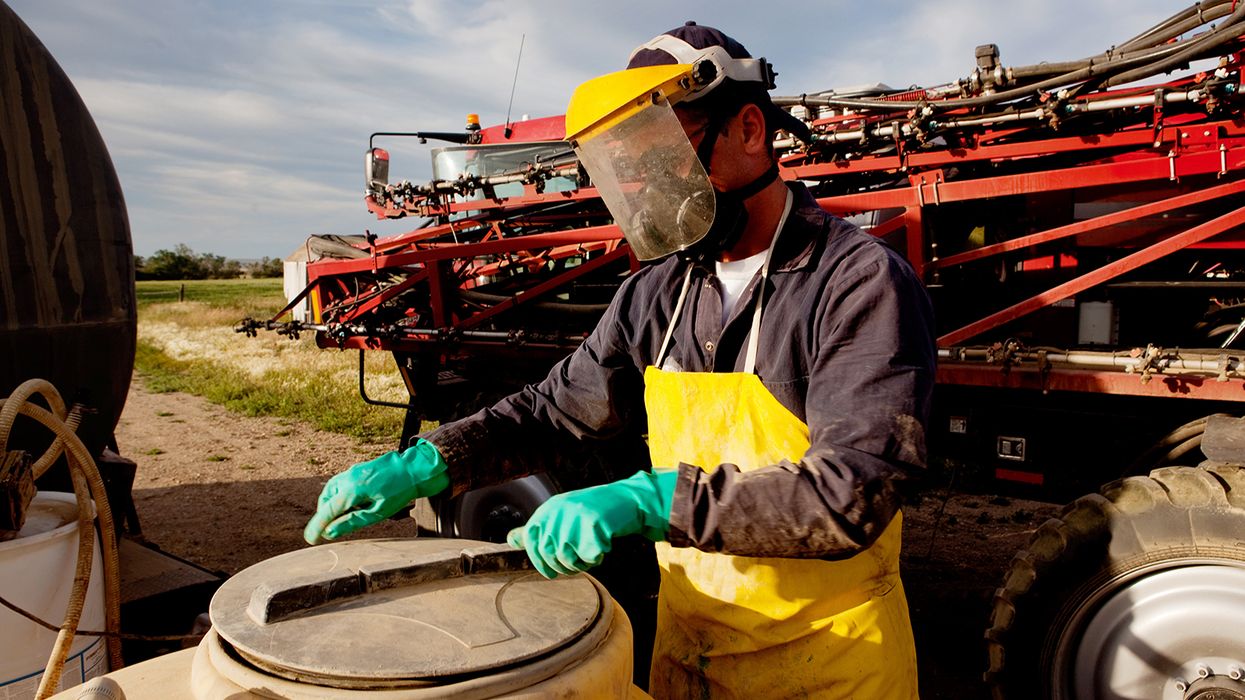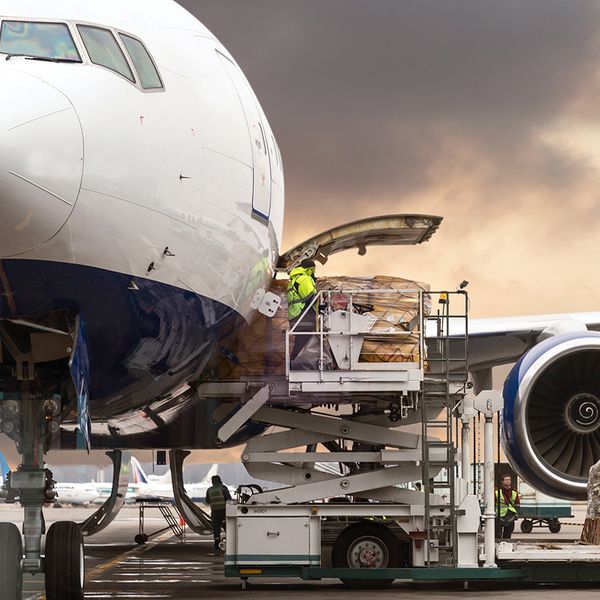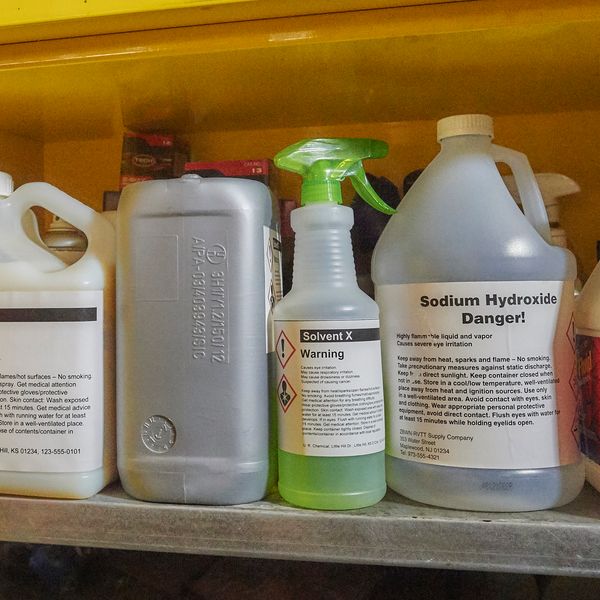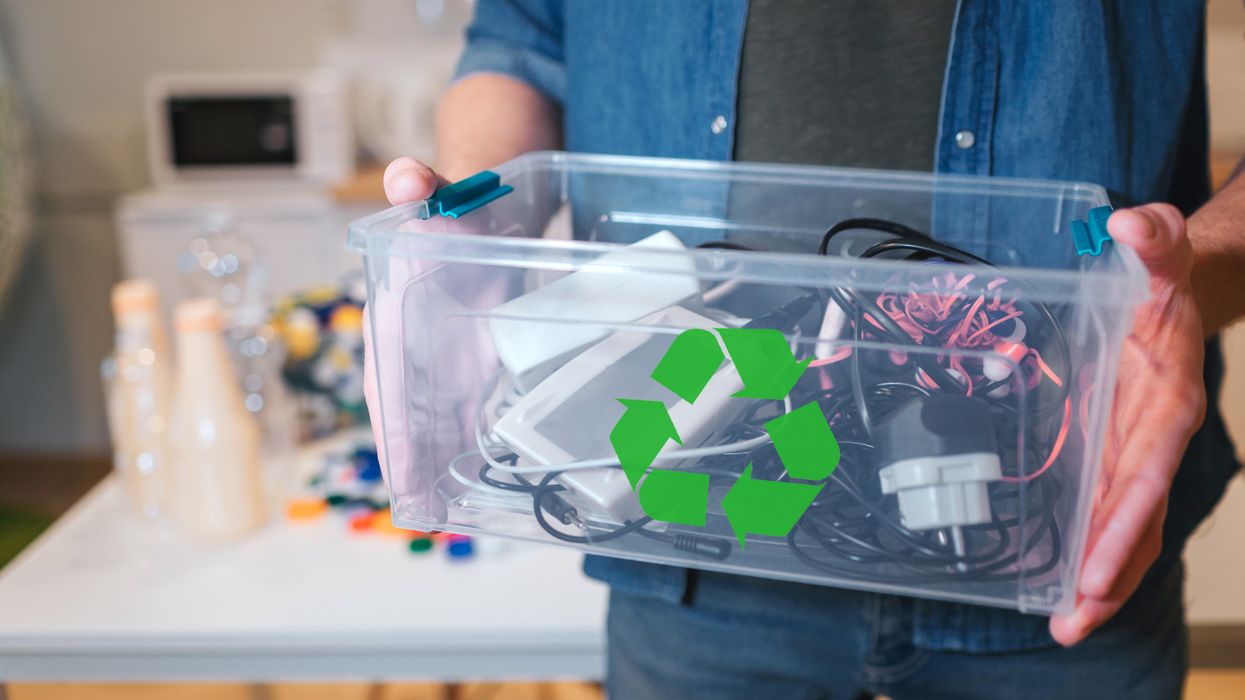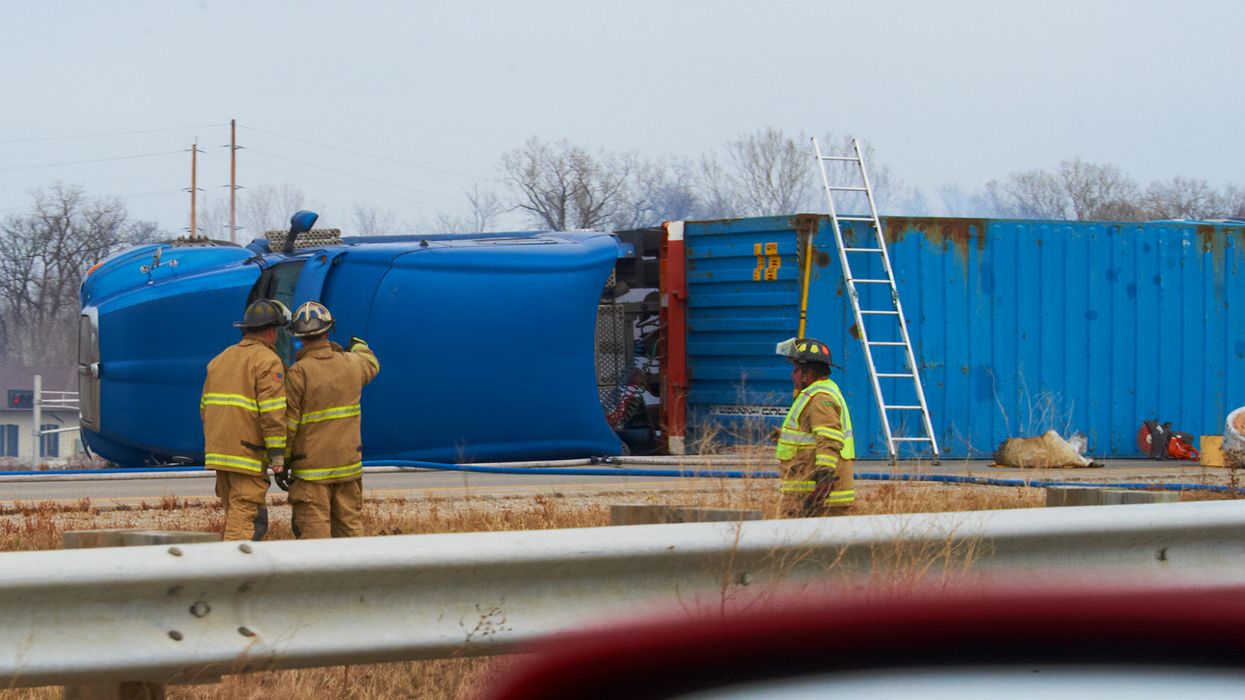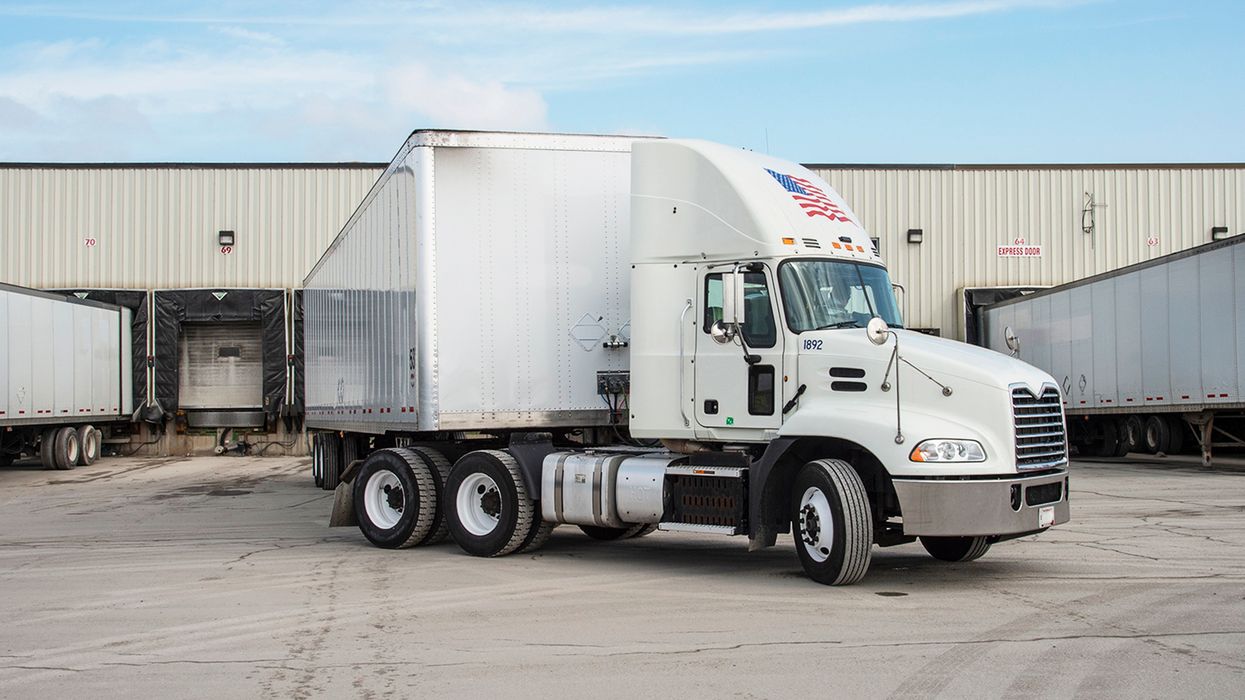HAZMAT — Ready to transport pesticides?
Ask the important questions first!
The United States Department of Transportation (DOT) has designated many chemicals, including pesticides, as hazardous materials (hazmat). If you transport any of these materials on public roads in commerce you are required to comply with DOT hazmat regulations.
Below are frequently asked questions as they relate to transporting pesticides. They should help you get an idea of what requirements to follow.
What’s the difference between labeling and marking?
You need to always check each package to be sure they are properly labeled and/or marked. Labeling means a prescribed hazard warning notice, usually diamond shaped, on the outer edge. Marking means the required words are written on the side of the outer package including shipping name, identification number, packaging specifications or UN marks, plus other required information, instructions, or cautions.
Do pesticides require shipping papers?
We’re often asked this question because pesticides seem like an everyday-use chemical. Therefore, the assumption is that they don’t require shipping papers. Wrong. When you transport hazardous material like pesticides, you must carry the proper shipping papers in the passenger compartment of the vehicle, in plainview from the open driver’s door or in the driver’s door pouch. If you exit the vehicle, the papers must remain in the driver side-door pouch or on the driver’s seat.
What happens if my pesticides spill or break open during transportation?
If the spill or break is large enough (meaning a pint), you may have to report it to DOT, as required in 49 CFR 171.15 and 171.16, especially if it occurs on or near a public highway. Depending on your training and your employer’s expectations, you may be required to help contain the spill, or simply report it and wait for trained responders to arrive. Your employer will tell you how to act in the event of a pesticide spill.

